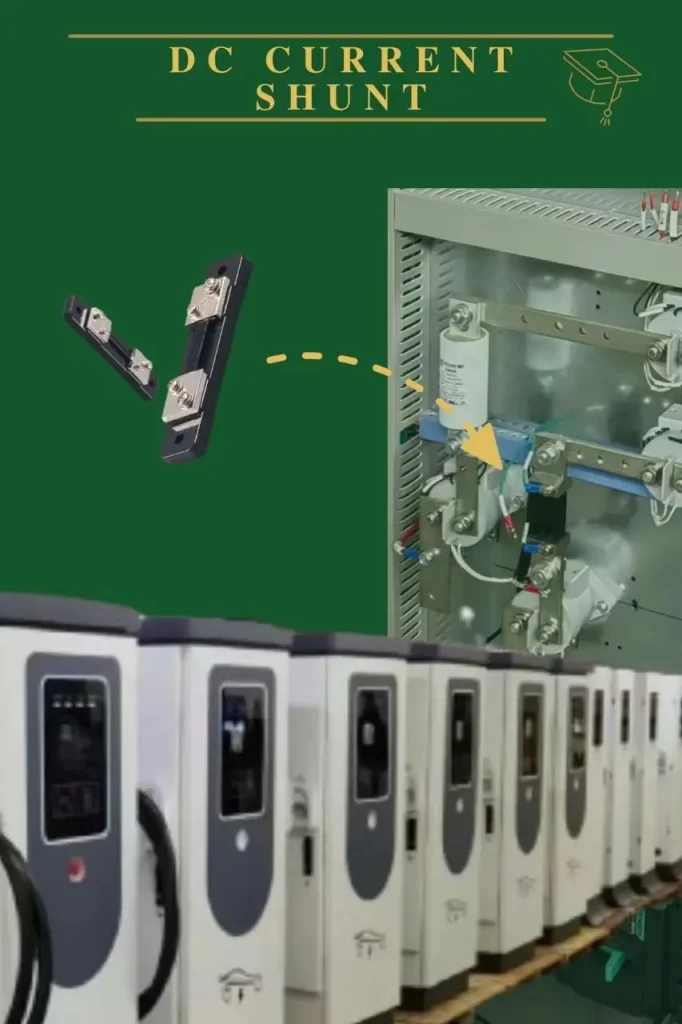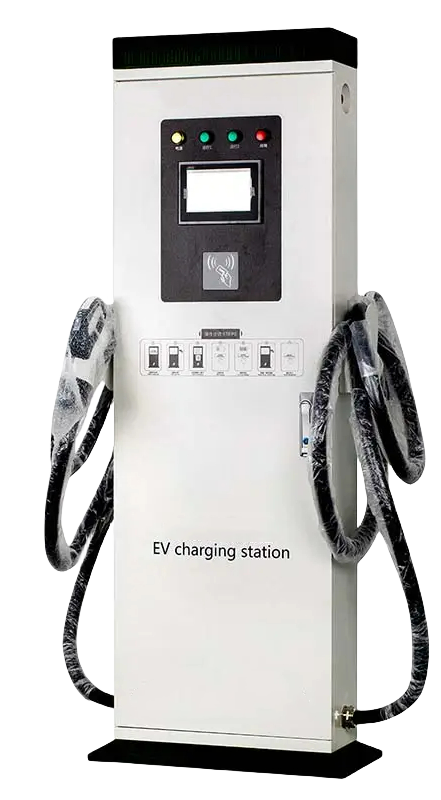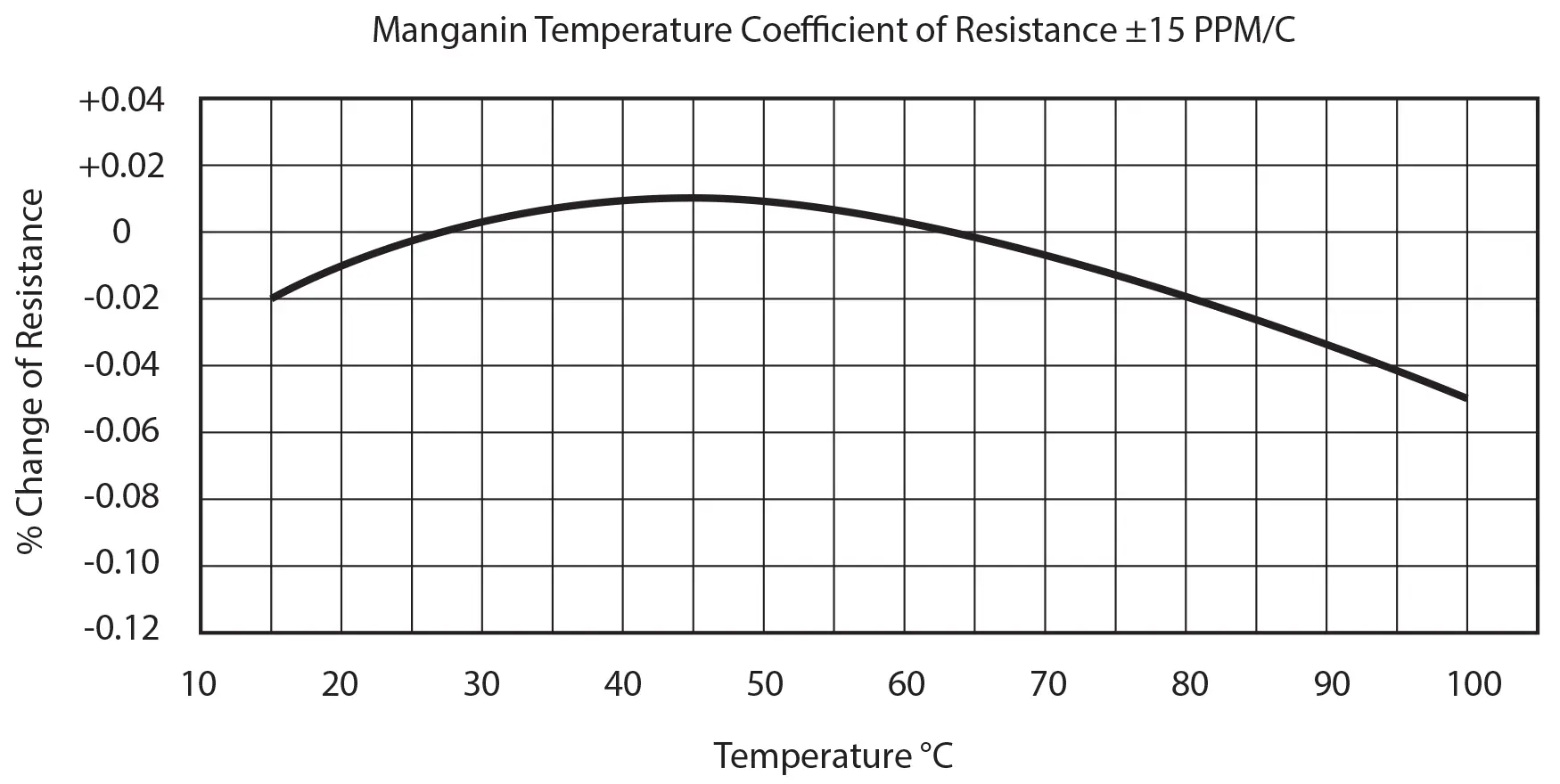In the dynamic world of electric vehicles (EVs), the quest for more efficient, reliable, and safe charging solutions is perpetual. Amidst the array of technologies that make this possible, one unsung hero stands out for its critical role in the EV ecosystem: the DC current shunt. This pivotal component, often overlooked, is fundamental in ensuring the high performance and safety standards required for modern EV charging stations. By accurately measuring electrical currents, DC current shunts provide essential data that helps optimize charging processes, balance voltages, and safeguard the intricate systems at play. As we delve into the intricate world of DC current shunt applications in DC EV charging stations, we uncover the multifaceted roles these components play in enhancing EV charging efficiency, advancing charging technology through innovation, and ultimately shaping the future of electric mobility. This comprehensive guide aims to illuminate the integral role of DC current shunts, exploring their mechanics, contributions to system reliability and safety, and the forward-looking advancements that promise to elevate the EV charging infrastructure to new heights.
1. The Role of DC Shunts in Electric Vehicle Charging Efficiency
Introduction to DC Current Shunts and Their Fundamental Purpose
DC current shunts are integral to the electric vehicle (EV) charging ecosystem, functioning as the backbone for accurate current measurement. Their primary purpose is to ensure that the electrical current flowing through the EV charging system is precisely monitored, which is crucial for both the efficiency and safety of the charging process.
The Mechanics Behind DC Shunts: Enhancing Accuracy in Current Measurement
The operational principle of a DC shunt revolves around its ability to divert a small portion of electrical current through a low resistance path. By doing so, it creates a proportional voltage drop that can be easily measured. This voltage drop, when analyzed, provides a direct insight into the actual current flowing through the main circuit, enabling highly accurate current measurements without interrupting the charging process.
The Crucial Function of DC Shunts in Monitoring and Balancing EV Charging Systems
DC shunts are not just about measuring current; they play a vital role in maintaining the balance within the EV charging system. By providing real-time data on current flow, these components help in preventing overloads and ensuring that the charging process is smooth, efficient, and tailored to the battery’s needs, thereby enhancing the overall performance and longevity of EV batteries.
Technological Innovations in DC Shunt Design Boosting EV Charging Performance
Technological advancements have significantly improved DC shunt designs, making them more efficient and reliable. Innovations such as enhanced material use, miniaturization, and integration with smart monitoring technologies have led to shunts that are not only more accurate but also capable of withstanding the rigors of high-current applications in EV charging stations.
The Importance of Precision in Current Measurement for Optimal EV Charging Efficiency
Precision in current measurement is paramount for optimizing the charging process. Accurate data ensures that EVs are charged efficiently, balancing speed with battery health preservation. It also plays a critical role in the development of smart charging algorithms that can dynamically adjust charging rates based on real-time conditions, thereby maximizing efficiency and minimizing charging times.
2. Advancing EV Charging Through DC Shunt Technology
Overview of DC Shunts in the Electrical Landscape of EVs
DC shunts have become a staple in the electrical architecture of EVs, integral to both onboard systems and charging stations. Their role extends beyond mere current measurement, contributing to the overall safety, reliability, and performance of EV charging.
The Pivotal Role of DC Shunts in Achieving Voltage Balance and Safety in EV Charging
Voltage balance is critical in EV charging to ensure each cell within a battery is charged uniformly. DC shunts assist in monitoring and controlling the charging process, ensuring that voltage levels across the battery pack remain balanced, which is essential for both the safety and longevity of the battery.
How DC Shunts Contribute to the Reliability and Precision of EV Charging Systems
The reliability of an EV charging system hinges on its components’ ability to perform consistently under varying conditions. DC shunts contribute significantly to this reliability by providing precise and stable current measurements, ensuring the charging system operates within its optimal parameters.
The Impact of Battery Weight on the Effectiveness of DC Shunts in Current Measurement
The weight of an EV’s battery can influence the efficiency of current measurement, primarily through the physical stresses it places on the vehicle’s electrical components. Advanced DC shunts are designed to account for such factors, ensuring that their performance remains unaffected by the battery’s weight or other physical variables.
Future Prospects: Enhancing EV Charging Stations with Advanced DC Shunt Applications

Looking ahead, the evolution of DC shunt technology promises to bring about even more sophisticated EV charging solutions. With the advent of high-precision, low-resistance shunts integrated with IoT and smart grid technologies, future EV charging stations will be smarter, more efficient, and more adaptable to the needs of both the grid and the individual EV.
3. Enhancing Power Quality in EV Charging with DC Shunts
Introduction to the Functionality of DC Shunts Within EV Charging Frameworks
DC shunts are pivotal in maintaining the integrity of power within EV charging frameworks. They ensure that the power supplied to EVs is of high quality, characterized by stable voltage and current levels. This not only facilitates efficient charging but also contributes to the longevity of the vehicle’s battery and the electrical components involved.
The Role of DC Shunts in Maintaining Power Quality and System Safety
By accurately measuring the current, DC shunts play a direct role in preventing power quality issues such as overcurrents and electrical noise, which can adversely affect the charging process. This capability is crucial in safeguarding both the vehicle being charged and the charging infrastructure from potential damage due to electrical anomalies.
The Interplay Between Battery Weight and DC Shunt Accuracy in Current Measurement
The accuracy of DC shunts in current measurement can be influenced by various factors, including the battery’s weight. Heavier batteries may demand higher currents for charging, which necessitates the use of DC shunts that can handle such loads with high precision, ensuring that the charging process remains efficient and safe.
Technological Advancements Shaping the Integration of DC Shunts in EVs
Recent technological advancements have led to the development of more sophisticated DC shunts that offer greater accuracy, durability, and integration capabilities with smart charging systems. These innovations allow for real-time monitoring and adjustments during the charging process, further enhancing the power quality and safety of EV charging stations.
The Critical Nature of Accurate Current Measurement for Efficient EV Charging

Accurate current measurement is fundamental to the efficiency of the EV charging process. It ensures that the battery is charged optimally, maintaining the right balance between charging speed and battery health. The precision offered by advanced DC shunts is instrumental in achieving this balance, making them an indispensable component in the quest for more efficient EV charging solutions.
4. DC Shunts: Ensuring Precision and Safety in EV Charging Stations
Exploring the Critical Role of DC Shunts in Electric Vehicle Charging Stations
DC shunts are not just components; they are guardians of precision and safety in EV charging stations. Their ability to provide accurate current and voltage measurements ensures that EVs are charged correctly, protecting the vehicle, the user, and the charging infrastructure from electrical mishaps.
The Mechanics of DC Shunts: Facilitating Accurate Current and Voltage Measurements
The mechanics behind DC shunts are simple yet highly effective. By introducing a known resistance into the circuit, they allow for the indirect measurement of current flow through voltage drop analysis. This method facilitates the precise monitoring of charging currents and voltages, ensuring that they remain within safe and optimal ranges.
The Influence of Battery Weight on the Performance of DC Shunts in EVs
While the weight of an EV’s battery primarily influences its energy capacity and vehicle dynamics, it also has an indirect impact on the performance of DC shunts. Heavier batteries may require higher charging currents, which necessitates the use of robust DC shunts capable of accurately measuring such currents without degradation over time.
Technological Advancements Enhancing the Functionality of DC Shunts in EV Charging
The continuous evolution of DC shunt technology, driven by advancements in materials science and electronic engineering, has led to the creation of shunts that are more accurate, resilient, and capable of seamless integration with advanced charging systems. These developments are key to enhancing the functionality and reliability of EV charging stations.
The Significance of Precise Current Measurement for the Safety and Efficiency of EV Charging
Precise current measurement is the cornerstone of safe and efficient EV charging. It enables the charging system to adapt to the specific needs of each vehicle, optimizing the charging process while preventing conditions that could lead to battery damage or system failures. The role of DC shunts in this context cannot be overstated, as they provide the accurate measurements necessary for these critical adjustments.
5. The Integral Role of DC Shunts in Optimizing EV Charging Infrastructure
Understanding the Importance of DC Shunts in EV Charging Infrastructure
The optimization of EV charging infrastructure relies heavily on the accurate and reliable measurement of electrical currents, a task at which DC shunts excel. Their integration into charging systems is vital for ensuring that the infrastructure not only meets the current demands of EV charging but is also scalable and adaptable to future advancements.
How DC Shunts Ensure Accurate Current Measurement and System Safety
DC shunts contribute significantly to system safety by preventing the occurrence of electrical faults during charging. Their ability to provide precise current measurements allows for the implementation of protective measures in real time, thereby enhancing the safety and reliability of EV charging stations.
The Effect of Battery Weight on DC Shunt Accuracy and Overall EV Charging Efficiency
The efficiency of the EV charging process is influenced by a multitude of factors, including the accuracy of current measurements provided by DC shunts. Even though battery weight does not directly affect the shunts’ performance, the demands placed on the charging system by heavier batteries underline the
importance of using high-quality DC shunts that maintain accuracy under varying load conditions. This ensures that regardless of the battery size or weight, the charging process remains efficient and effective.
Technological Innovations Driving the Integration of DC Shunts in EV Charging Stations
The landscape of EV charging is continually evolving, with technological innovations leading the charge towards more sophisticated infrastructure. These advancements include the development of smarter, more resilient DC shunts that can seamlessly interface with IoT devices and smart grid systems. Such integration facilitates real-time monitoring and control of the charging process, optimizing energy use and enhancing the user experience.
The Paramount Importance of Precise Current Measurement in Sustaining Power Quality and Efficiency in EV Charging
At the core of a high-performing EV charging station is the capability to measure current flows with unparalleled precision. This accuracy is crucial for sustaining optimal power quality and efficiency, ensuring that EVs receive the correct amount of charge in the shortest possible time without compromising battery health. The role of DC shunts in achieving this level of precision is indispensable, making them a key component in the future-proofing of EV charging infrastructure.
Conclusion
The exploration of DC current shunt applications in DC EV charging stations reveals a component that is both foundational and futuristic. From enhancing the efficiency and safety of the charging process to integrating with cutting-edge technologies, DC shunts stand at the intersection of reliability and innovation. As the EV market continues to expand, the demand for advanced charging infrastructure will grow, and with it, the reliance on the precise, safe, and efficient functionalities provided by DC shunts. Their role in optimizing current measurement not only bolsters the performance of individual charging stations but also contributes to the broader goal of creating a sustainable, electrified future. As we look ahead, the continued evolution of DC shunt technology will undoubtedly play a pivotal role in shaping the next generation of EV charging solutions, making the humble DC shunt a key player in the electrification of transportation.
In this comprehensive journey through the world of DC current shunts and their applications within EV charging stations, we’ve uncovered the intricacies that make these components vital to the present and future of electric mobility. By delving into the mechanics, roles, and advancements associated with DC shunts, we gain a deeper appreciation for their part in advancing EV charging technology. As the landscape of electric vehicles continues to evolve, the importance of these components cannot be overstated, solidifying their position as crucial elements in the ongoing quest for sustainable transportation solutions.
Email us now at [[email protected]] for inquiries and to secure your sample.





